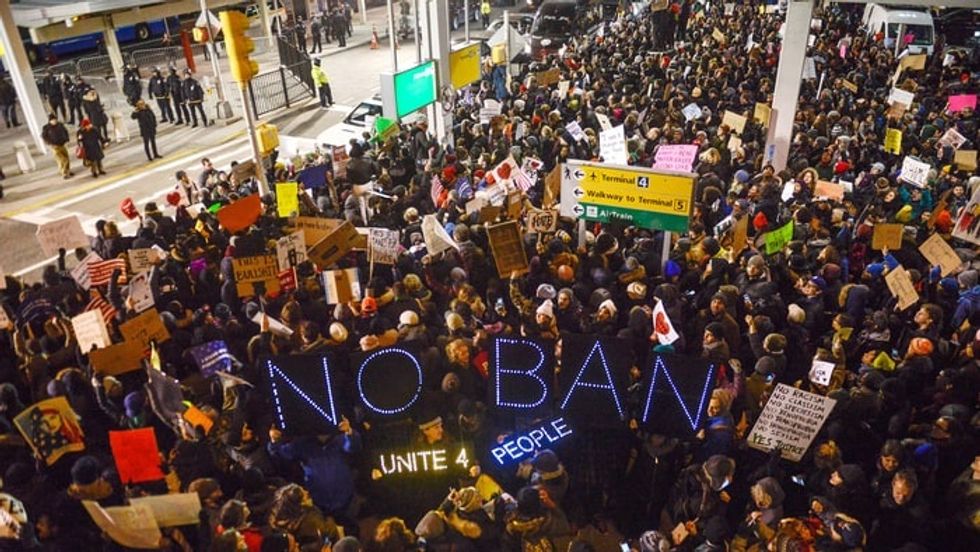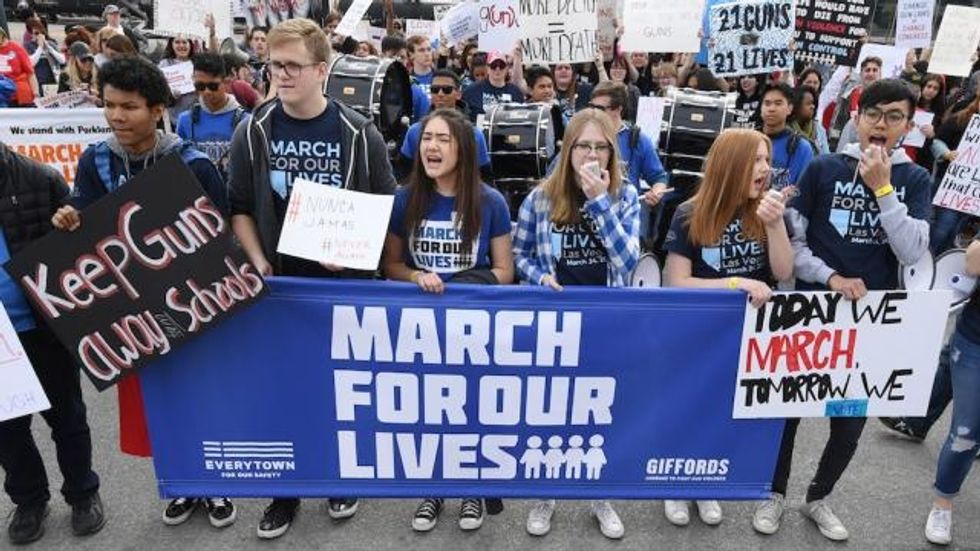Updated 3/18/2024
From the Magna Carta to the Civil Rights movement, social change has most often come at the edge of a sword or the end of a gun barrel. Each right, privilege, and freedom that we hold dear, however fledgling, was earned through collective action. The 8-hour work week, public schooling and so many of the things we take for granted were hard-won. I can think of no example when social change happened via inertia.
More often than not, movements that seek progressive social reform are led by young people. Maybe this is because young people are less risk-averse. Maybe it’s because those who have their lives ahead of them have a clearer view of society’s flaws. Whatever the reason, activists tend to be on the younger side.
Reverend Martin Luther King, Jr. was in his twenties when he began protesting. Marx and Engels were 30 and 28 respectively when they published the Communist Manifesto. There are some activists who are even younger when they’re inspired to action. And many of the most famous social movements have been led by teenagers.
With this notion in mind, we’ve rounded up ten of the most important youth movements in world history.
Newsboys Strike (1899)
One of the major contributing factors to the United States’ involvement in the Spanish-American War was the prevalence of anti-Spanish propaganda in Joseph Pulitzer’s New York World and William Randolph Hearst’s New York Journal. Towards the end of the 19th century, these papers were in a vicious circulation war and used cheap, tabloid-esque tactics in order to gain popularity.
While circulation continued to climb, pay for New York City’s newsboys stayed stagnant. Following a slew of strikes in the 1880s, their frustration came to a head in 1899. During the 1899 strike, the newsboys reduced the amount of papers in circulation and were subsequently successful in increasing their wages.
Vietnam/Cambodia Protests (1964-73)
From the beginning, the Vietnam war was heavily protested in the United States. The protests of 1968 following the Tet Offensive were worldwide, occuring not only in U.S. cities, but Rome, London, and Paris. More famously, after Richard Nixon elected to invade Cambodia in 1970, unarmed students at Kent State took up picket signs. During this demonstration, the national guard open fired upon the youth activists, killing four and wounding nine others. Their deaths spurred a 100,000 man march in Washington D.C. protesting the war, but the United States’ involvement in Vietnam, Cambodia, and Laos would not stop completely until 1975, nearly five years later.
Black Panthers (1966)
The Black Panthers aren’t typically thought of as a youth organization, but when the group was formed in 1966, Huey Newton was only 24. The group was originally formed to protect the citizens of Oakland from police brutality. Outside of this, their goals were socialist in nature and sought to free black Americans from the oppression of American Capitalism. While they officially disbanded in 1982, their mission lives on.
Tiananmen Square protests (1989)
These protests were conducted by large groups of students and intellectuals to protest the economic policies of China’s Communist Party. While not entirely cohesive, the demonstrations were largely peaceful until the Chinese Army arrived, massacring between 300 and 3,000 citizens (reports vary widely). The next day, the famous video Tank Man was filmed. In it, a single man stood in front of a column of Chinese tanks and blocked their path. His fate is unknown.
Arab Spring (2010-2012)
The Arab Spring was born online and started during the Tunisian Revolution. Both violent and non-violent protests swept North Africa and the Middle East, and resulted in the toppling of several totalitarian regimes in the region. While these protests started out strong and cohesive, various interests began to collide, and some of the destabilized regions are still in civil wars today; the most newsworthy being Syria.
Dakota Access Pipeline (2016-2017)
The Dakota Access Pipeline was built from North Dakota to Southern Illinois and connects oil fields in each locations. Unfortunately, the pipeline runs through the Standing Rock Reservation and threatens the regions clean water supply. After a long, protracted struggle and hundreds of arrests, the pipeline was put on hold for an environmental evaluation. When President Trump was elected, he bypassed this evaluation and the pipeline delivered its first oil in the spring of 2017. The pipeline has already leaked several times and is proving to be exactly the type of ecological nightmare that the protestors were worried about.
Muslim Ban Protests (2017)

When President Trump signed executive order 13769, or the travel ban, protesters gathered at major airports all around the country, delaying flights and offering legal aid to various deportees. Following the protests, the U.S. Court of Appeals found the travel ban to be unconstitutional on three separate occasions.
March for Our Lives (2018)

Perhaps the most famous youth movement in recent history, March for Our Lives was a nation-wide rally advocating for stricter gun-control laws. Led by the students of Stoneman Douglas High School, it is one of the youngest (and largest) peaceful protests in American history and had close to 2 million people in attendance. David Hogg, Emma Gonzalez, and the rest of the the Stoneman Douglas students who helped organize the rally showed tremendous resiliency and strength of character; this protest took place about six weeks after the shooting. While no gun control laws have been passed yet, the protests certainly have the nation’s attention.
Palestinian Protesters Against Israeli Occupation (Present)
Palestinians have been protesting Israel’s government at the Gaza border and are currently in a standoff with the Israeli military. Palestinian refugees are seeking equal rights within Israel and to be allowed to enjoy the same comforts as the Israelis. While the Palestinian protest has been a peaceful one, the Israeli military has already killed and injured several protesters, many of whom are mere teenagers.





